Some time after my first Tour, but long before the Tour of Gondwana, or even my Tours of Madagascar (v 1.0), Cuba, and New Zealand, the Tour that I wanted to do more than any other was a circuit around the Atlantic Provinces of Canada. I am not sure exactly what piqued my interest in that region, but, in general, I think it seemed like an area with a lot of potential variety in geographic features, and place that would be substantially different from others that I had been, up to that point. Of course, as often happens, other factors of life got in the way of that particular journey, and by the time I had the time and resources available for another long Tour, the destinations mentioned above had risen to the top of my list.
Another obstacle that delayed a Tour in that region is presented by the area’s complex geography. In a location where most every piece of land is an island, a peninsula, or often a peninsula emanating from an island, plotting a good cycling route that covers most of the interesting places, with few duplicate sections, quickly adds up to a route spanning thousands of kilometers, with the correspondingly large amount of time and money required. Nevertheless, when choosing my destinations for World2, keeping in mind that I may not have another practical opportunity to see some of the interesting parts of the northern hemisphere again, I was determined to include as much of that region as I could practically fit in. That was the main reason that I chose to use the Bella Desgagnés ferry to traverse the Gulf of Saint Lawrence, since doing so would allow me to start at the far north of the region, thereby minimizing the amount of road sections that would need to be ridden twice. With five other ferry crossings required, some of which needed to be booked in advance, and a pre-booked air transfer looming at the end of the section, there was also the unfortunate circumstance that I needed to maintain a tight schedule, which, in reality, proved to be quite difficult.
The start of the section, consisting of only a day and a half in Labrador, should have been rather pleasant, but really wasn’t, since the first full day had some of the worst weather I have ever ridden through during a Tour. While the section of the Labrador Highway between Quebec and Red Bay is now paved, and generally in reasonably good shape, with a few small towns with services spaced out along the early part of the route, dealing with that day’s strong headwinds, which later turned into drizzling rain in 1.5C temperatures, and still later, snow flurries, made for a very tiresome day. The next day should have been a fairly easy half-day to a 10:30 AM departure of the ferry from Blanc-Sablon, Quebec to Newfoundland. However, I learned the previous day that the ship’s schedule is based on Newfoundland time, which is 90 minutes ahead of Quebec time. Consequently, I had to start as close to dawn as possible, and ride non-stop to the harbor in order to make it in time.
Once in Newfoundland, I hoped for milder conditions, but that only happened some of the time. The first part of the route, north to L’anse aux Meadows, passing through areas of boreal forest, and eventually through places that were almost-but-not-quite tundra, was nice enough when heading north. However, that was one place that required a return over the same roads heading south, and that portion was less enjoyable, thanks again to the weather, either strong headwinds or steady rains with cold temperatures that forced two full-day delays, and a few unplanned nights staying indoors.
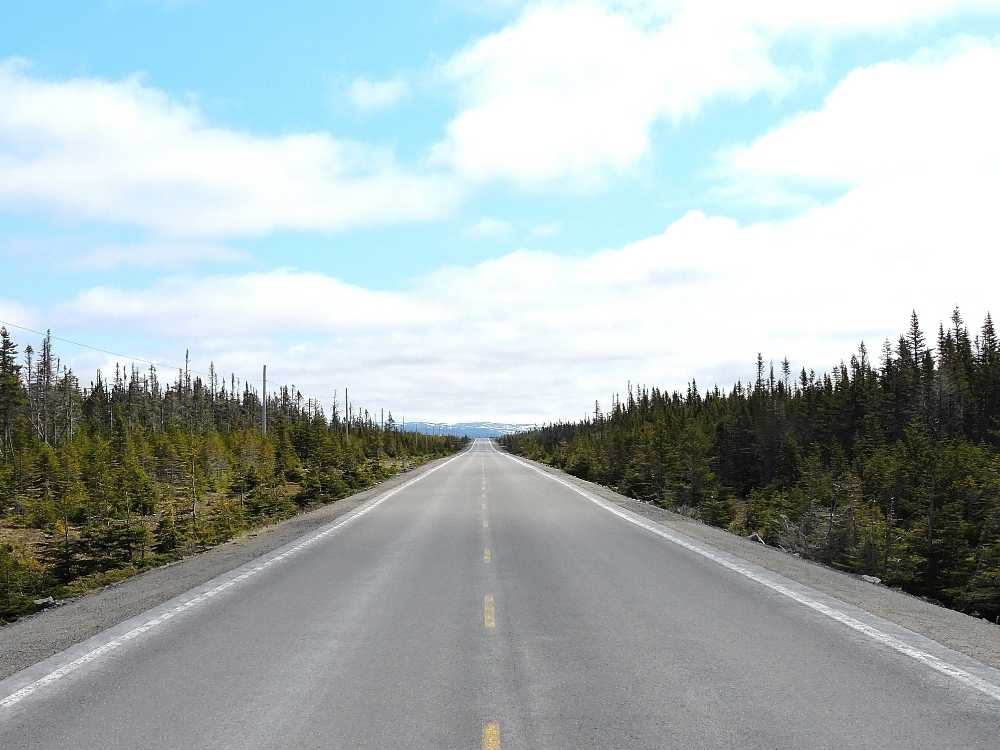
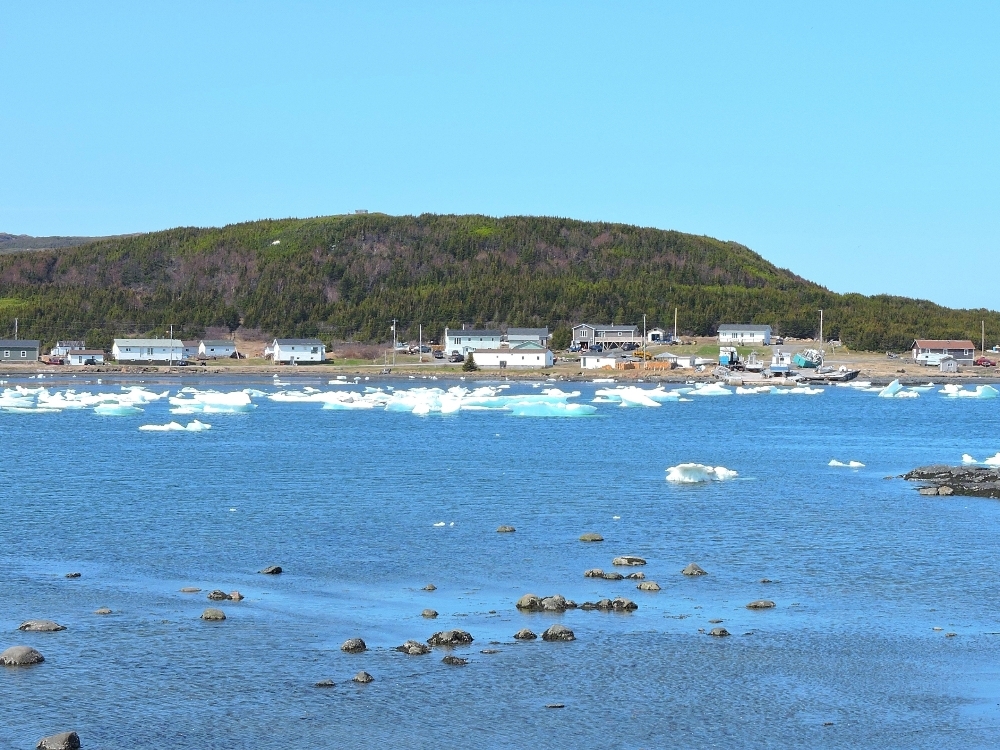
Newfoundland is the type of place that has one main highway in each part of the island, with nothing resembling a network of back roads, at least none that lead to anywhere in particular. So I was slightly apprehensive about what the cycling conditions would be like. In reality, the roads were mostly good, with surprisingly light traffic, apart from the busy section between the only two large towns on the west coast, Deer Lake and Corner Brook. South of that area, was a long section where the distances between food and services were surprisingly large. It was also in that vicinity that I encountered Moose Control Fence - Unit A, a three-meter-high fence on both sides of the highway designed to keep moose from walking out onto the road, which is apparently a big problem in those parts. This fence went on for what seemed like ten to twenty kilometers, and I realized that in addition to keeping moose out, it also served to imprison travelers within the path of the highway. Ordinarily, that should not pose much of a problem, but I couldn’t help but wonder what would happen if all the people driving suddenly had to abandon their vehicles and flee for their lives, say, for example, if Godzilla suddenly appeared and attacked. Fortunately, I reached the end of the fence without such an occurrence, and just in time for me to look for a campsite, on one of the few nights that had been suitable for that during recent weeks. In general, the west coast of Newfoundland was very attractive, with some impressive scenery, not quite in the jaw-dropping category, but certainly above average, and a few unique sights, like the thrombolites at Flower’s Cove. That last feature reminded me of the similar stromatolites I saw at Shark Bay, in Australia, during the Tour of Gondwana.
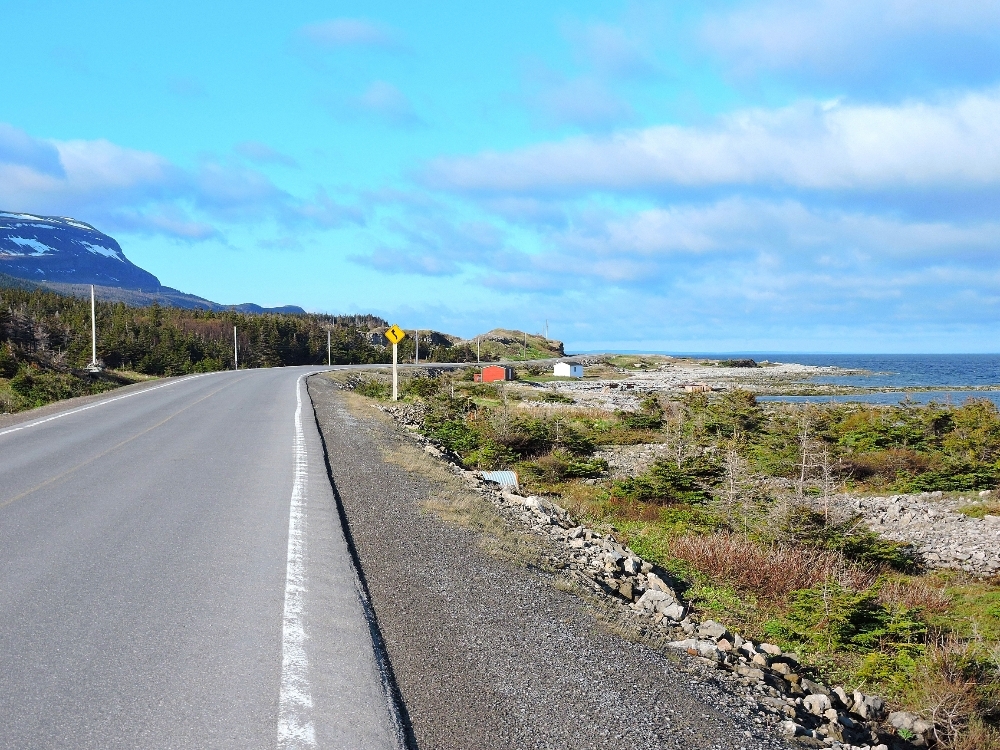
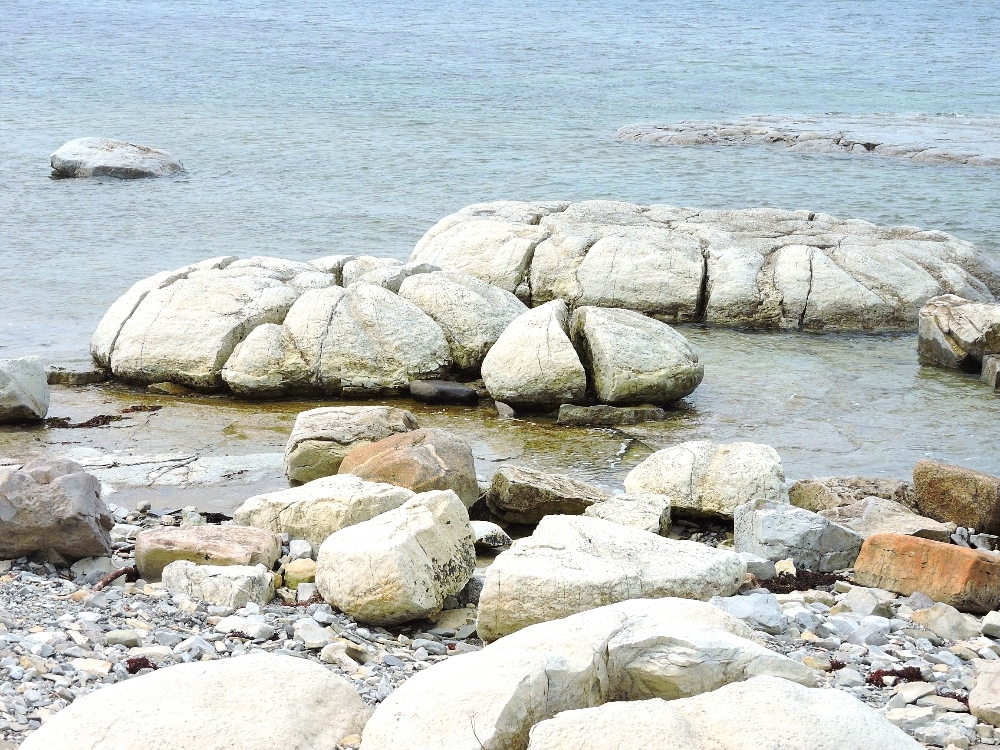
Next came the long ferry crossing from the southern tip of Newfoundland over to Nova Scotia. It was long enough that it provided a defacto rest day, with only fairly short rides made on either side. Nova Scotia contained a landscape that was less polar in appearance and very attractive with the long-awaited advent of spring, even though it was a wetter and colder season than usual. That province also possessed a reasonable selection of secondary roads, though a few times they became gravel roads without warning, and in some locations it was necessary to ride on the primary highways, which usually seemed to carry more traffic than it seemed that they should, given the size of the local population. Additionally, most of the smaller towns in that area were at least somewhat attractive, with several possessing nice historic centers. Nevertheless, the weather had not improved entirely just yet, and with that, and the need to make some premature bike repairs, related to the previous weeks of wet, gritty riding I had just completed, the number of nights I spent indoors continued to rise, further eating into my budget for this section. In fact, those repairs were the type that are not easy to accomplish without a good workbench and heavy tools, and I botched the first attempt, performed on a hotel room floor, and then proceeded to botch the redo attempt, under similar circumstances, the next day. That particular situation would provide many annoyances over the next several weeks, until I would reach a place where I could do the job properly (wherever that might be).
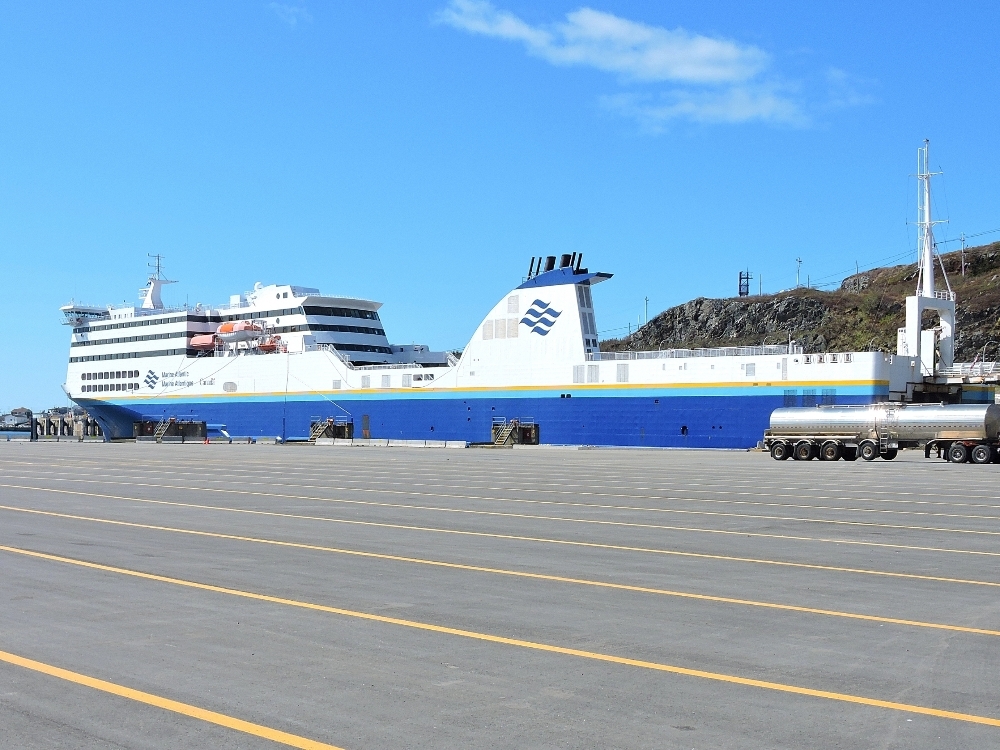
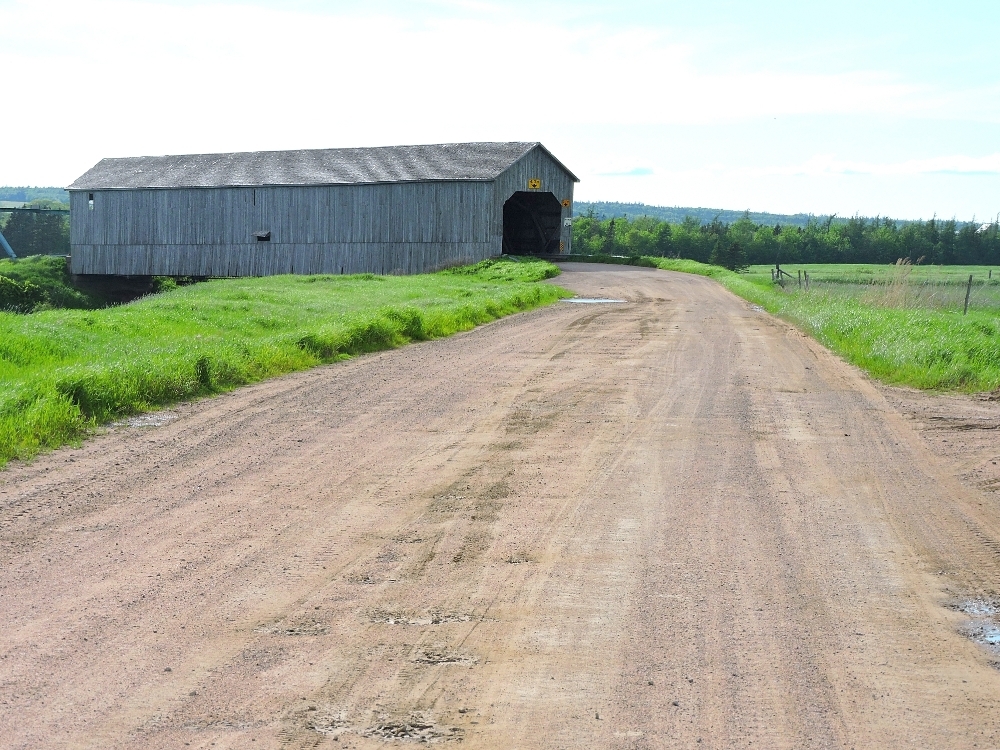
The province of New Brunswick followed, and, finally, after a month, or so, of travel without more that one nice weather day in a row, summer finally seemed to make its annual appearance, which was much appreciated by me. I had been generally disappointed lately because one of my favorite aspects of touring in the northern summer is the long hours of daylight available, which usually allows me to take a long rest break daily in some nice town park, or similar location. On this Tour, however, though the days lengthened nicely, starting around the time I arrived in New York, the temperatures or winds were usually such that they prevented me from relaxing outdoors. I made use of the Public Library trick a few times, but for the most part I was frequently at a loss for what to do during the hours of the day when I wasn’t riding. So I was particularly happy to be able to enjoy a few peaceful sunny afternoons in New Brunswick. That province is notable for its riverine nature, which means that many of the main roads follow the twisting courses of its tortuous shorelines. Minor roads traverse the inland parts of the province, however, they seemed to often have a very poor surface condition, with many potholes, and also a more heavily rolling terrain, so they did not seem to provide the type of short-cut that I had anticipated they would.
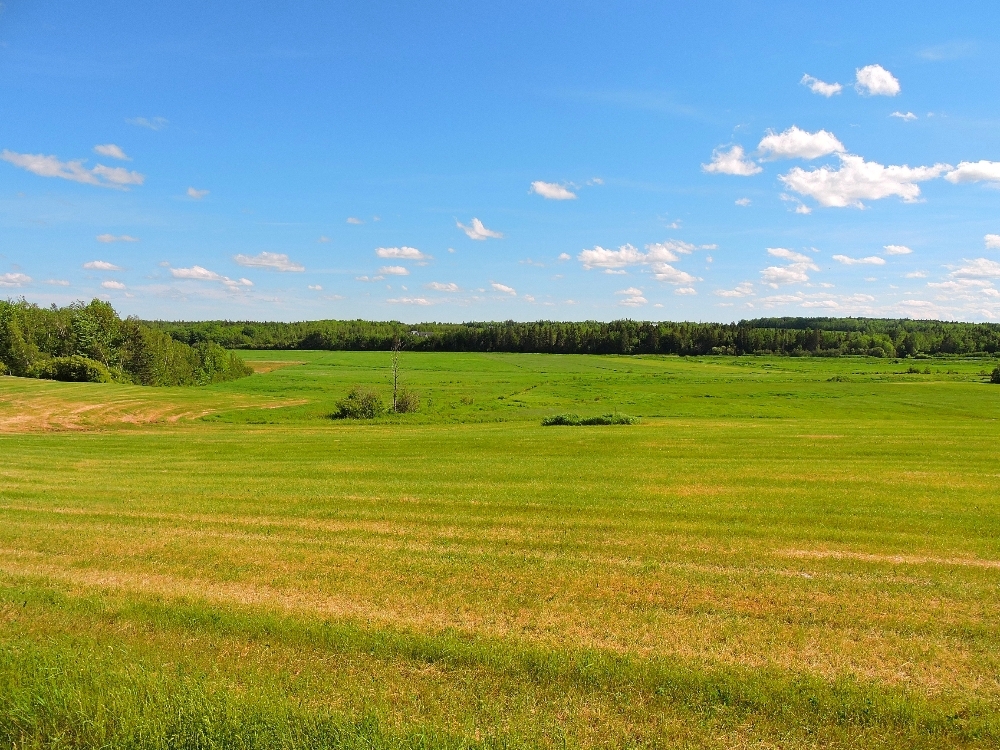
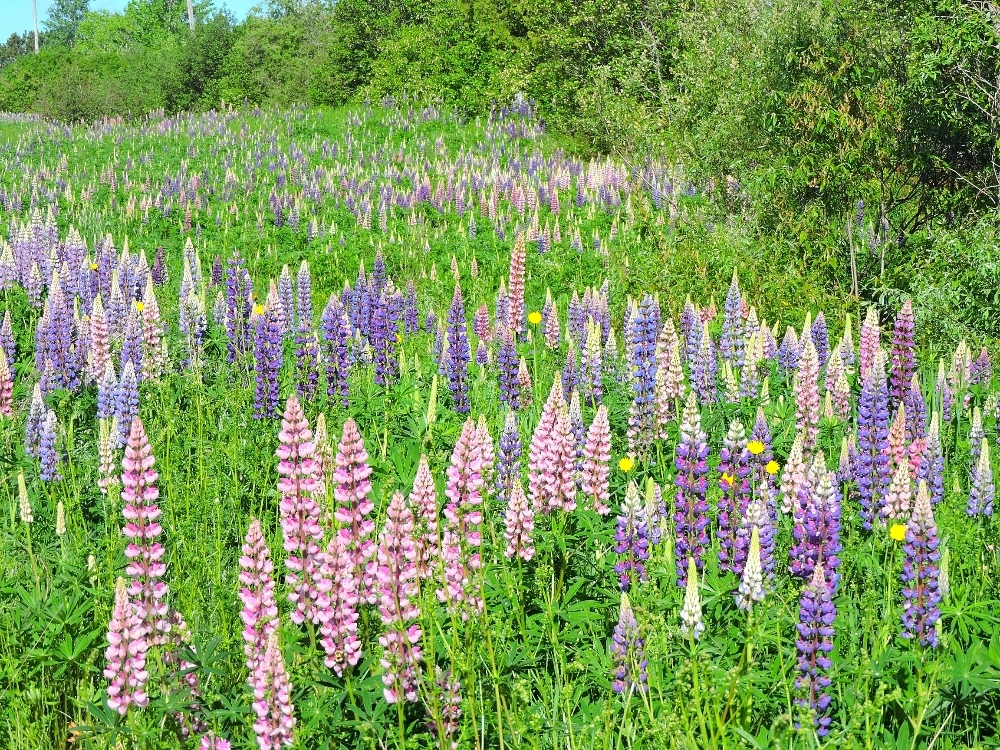
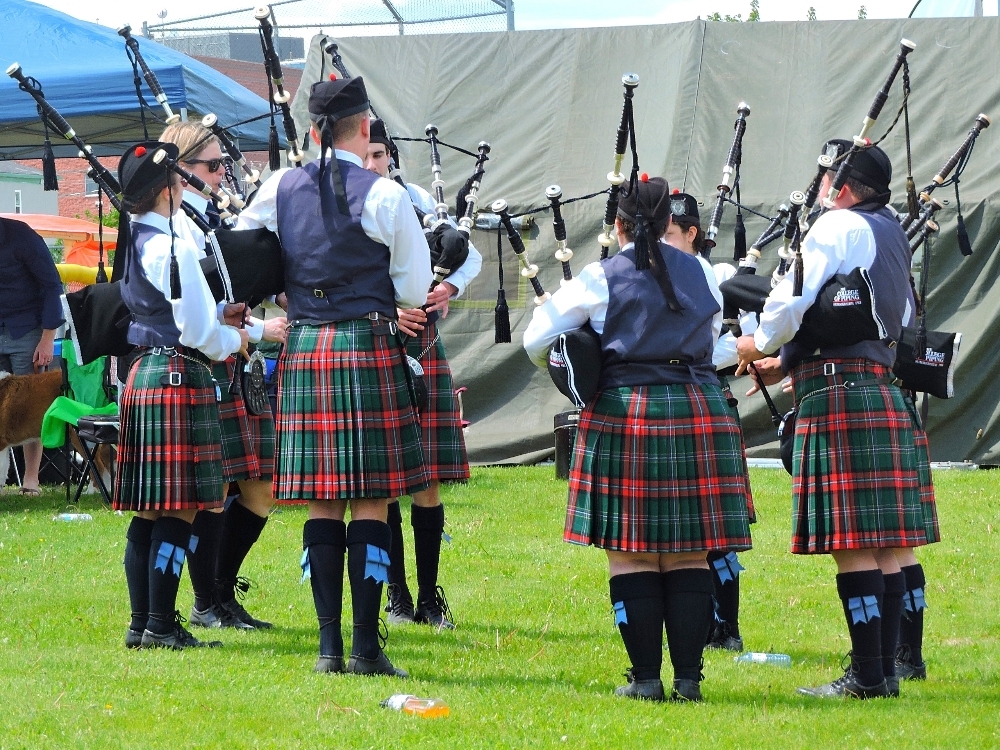
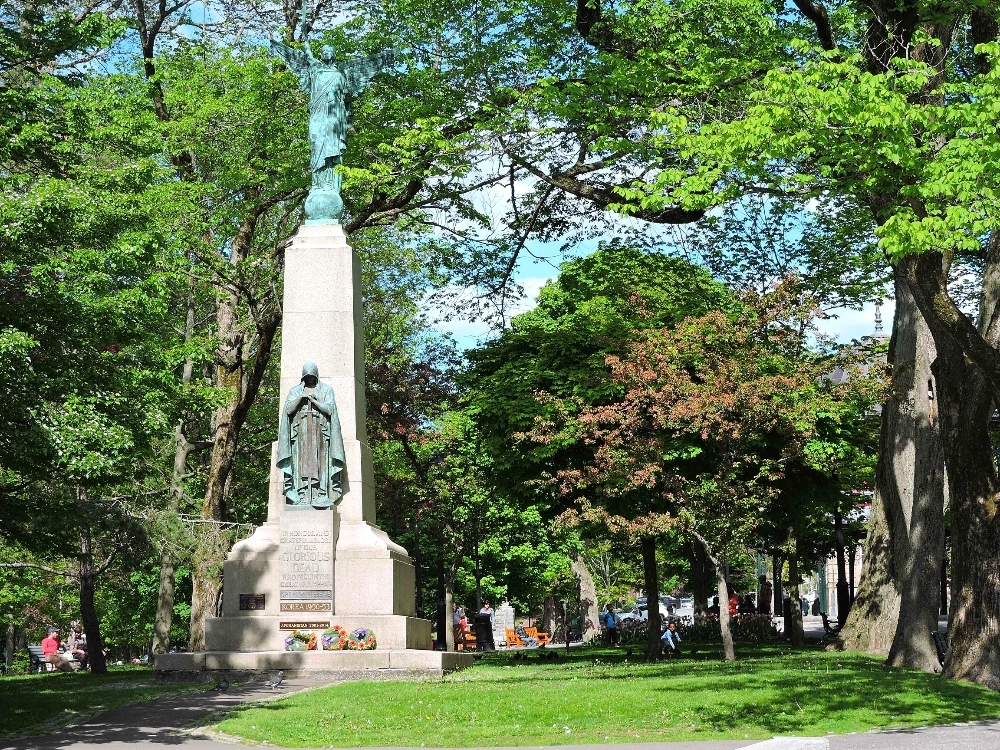
The final portion of this section of the Tour was a second visit to Nova Scotia, from the ferry port at Digby, towards the east and south, eventually ending in Halifax. This section contained a mix of nice rural scenery, some pleasant small towns, and some fine weather, but also a few areas of sprawl, one torrentially rainy morning, and some heavy traffic around the major city at its terminus. Another factor that came into play around this time was also related to my early start and the cool weather that entailed. I had been consoling myself with the fact that all the cold weather I had been experiencing was, at least, keeping the insects at bay. Well, once a few warm days returned, near the end of the route, those unpleasant creatures came out in force, as if to make up for all the lost time they had dealt with so far that season. I have seen my fair share of buggy places around the World, but those final days of this section were among the worst I have ever seen. The number of mosquitos attacking at one particular campsite in Nova Scotia can not adequately be expressed with words, but, suffice it to say, I was scratching for days afterwards.
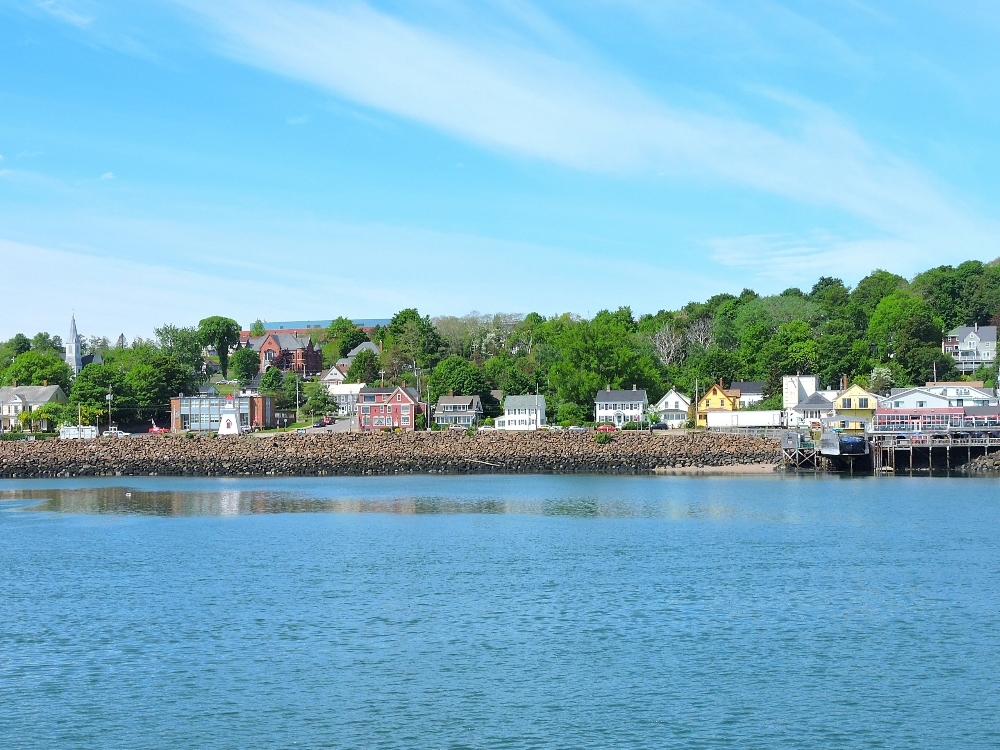
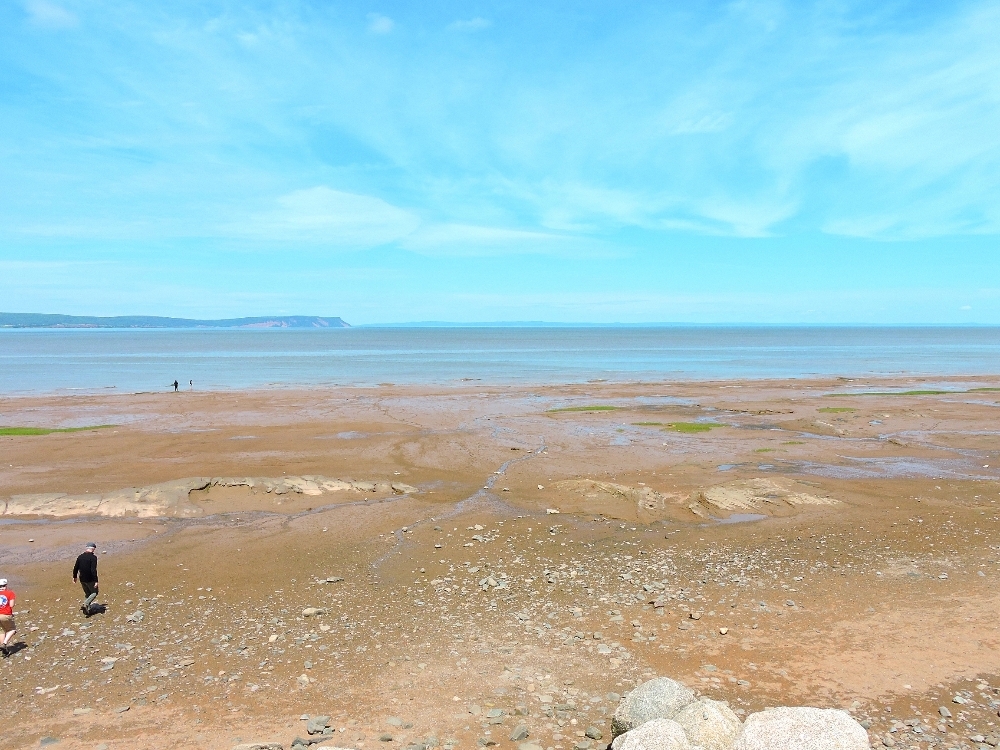
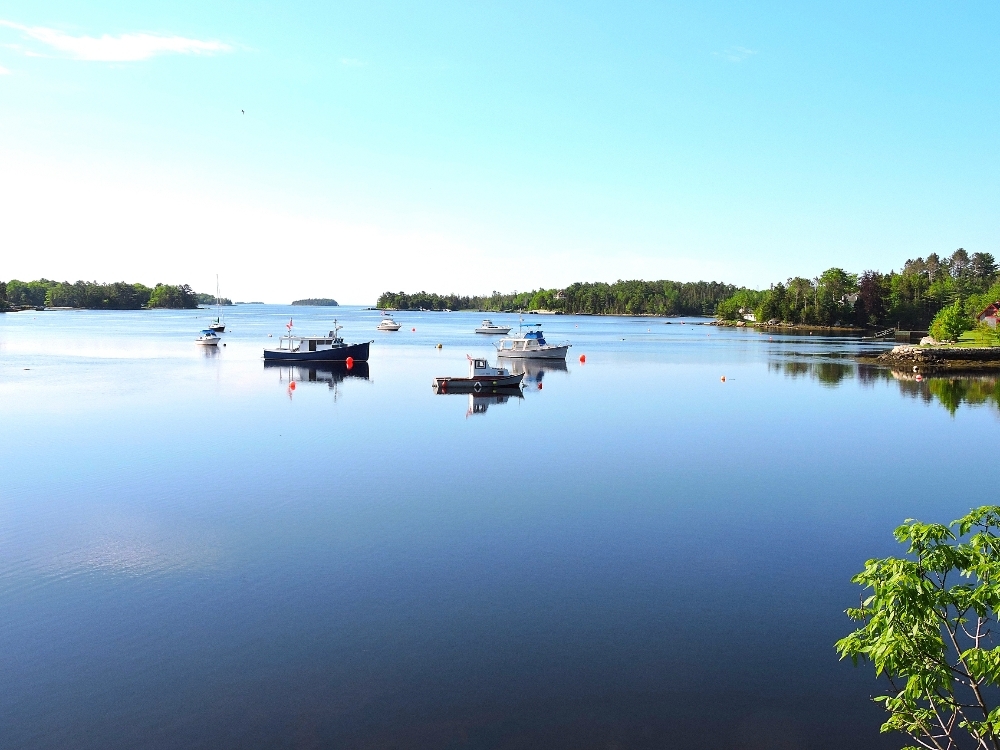
All in all, this was an enjoyable part of the World2 Tour, and I am glad I finally had the chance to tour in that part of the World. Doing so in July or August might have been even more appealing, but that was not possible in my case.